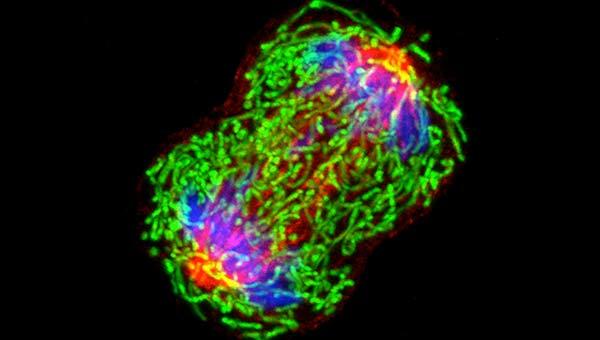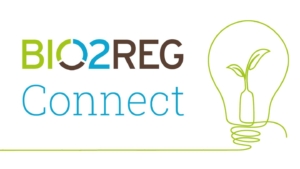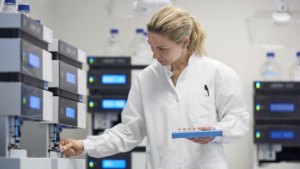
Scientists print 3D cancer model
A 3D tumour model developed by scientists enables drug screening in metastases
Using a bio-ink made from alginate and human cells, researchers at the Technical University of Berlin have 3D printed a model of a cancer metastasis in healthy tissue using a standard bioprinter. In contrast to animal experiments, the new method makes it possible to build up tumour tissue and the surrounding stroma from human cells. This makes it possible to record the effects of drug candidates on the tumour and on the surrounding healthy tissue.
The fact that the fight against cancer is only progressing at a snail’s pace despite decades of global efforts is also due to the poor validity of animal experiments. Around 97% of all promising cancer candidates in animal tests fail in tests on humans.
"Even xenograft models therefore only very inadequately reproduce the real conditions in the body," explains Prof. Dr. Jens Kurreck, head of the Department of Applied Biochemistry at TU Berlin. "We wanted to improve this in our 3D printed tumour model and thus contribute to reducing animal experiments at the same time." The researchers printed metastatic neuroblastomas in two model variants: First, a printed lattice structure consisting of only one type of cell at a time. Here, it is very easy to supply the cells with a nutrient solution via the holes in the grid. This structure can be used to quickly test a substance. For the simulation of a neuroblastoma metastasis, the scientists printed a structure of concentric rings whose centre consists of tumour cells and the outer rings consist of healthy cells.
For the substance test, the researchers used the cancer drug panobinostat as well as the cell toxin blasticidin, which is used as an antibiotic. They examined whether the cells were still alive or had already died with the help of green or red fluorescent markers, which light up depending on their reaction with the cell metabolism. The result: Panobinostat was correctly recognised in its capacity as a drug; it only destroyed the cancer cells. Blasticidin, on the other hand, as a general cell poison, left no surviving cells. A comparison with conventional 2D tests in petri dishes, in which tumour and healthy cells are distributed in an unstructured manner, also showed: the new 3D printing method reacts ten times more specifically to the tested substances than the 2D petri dish tests.
Advanced models that also include artificial blood vessels are already being tested.


 BIOCOM / aminul788 - Adobe Stock
BIOCOM / aminul788 - Adobe Stock Bayer Co.Lab
Bayer Co.Lab